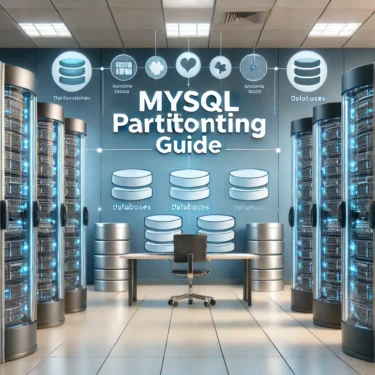目次
- 1 1. Importance and Purpose of MySQL User Management
- 2 2. How to View the User List in MySQL
- 3 3. How to Check MySQL User Permissions
- 4 4. Verifying Password Hashes and Their Significance
- 5 5. How to Check Settings When Creating a User
- 6 6. How to Delete Users and Important Considerations
- 7 7. Common Errors and Their Solutions
1. Importance and Purpose of MySQL User Management
In MySQL, “user management” is a critical process that greatly impacts database security and administrative efficiency. In environments where many users access the system, it is necessary to set permissions accurately and prevent unauthorized access. This article walks through how to retrieve a list of MySQL users, verify their permissions, and handle errors. In particular, it covers user management and access rights configuration, providing information useful for beginners through intermediate users.2. How to View the User List in MySQL
In MySQL, user information is stored in themysql.user table. By accessing this table, you can view all registered users.2.1 Display Users and Hosts
First, use the following command to retrieve a basic list of usernames and hostnames.SELECT User, Host FROM mysql.user;localhost can only be accessed from the local machine. Controlling hostnames improves security, so you need to pay attention to the source host settings.2.2 Retrieve Detailed User Information
If you need more comprehensive information, you can retrieve detailed user data with the following command.SELECT * FROM mysql.user;User to narrow down the user information you want.3. How to Check MySQL User Permissions
You can see what permissions a user has on the database using theSHOW GRANTS command. This step is important for managing permissions for each user in detail.3.1 Steps to Verify Permissions
To check the permissions granted to a specific user, use the following command.SHOW GRANTS FOR 'username'@'host';main@localhost, run:SHOW GRANTS FOR 'main'@'localhost';4. Verifying Password Hashes and Their Significance
In MySQL, user passwords are encrypted and stored in theauthentication_string column. This hashing ensures that passwords are not directly visible, enhancing security. You can retrieve each user’s password hash with the following command.SELECT User, Host, authentication_string FROM mysql.user;4.1 Retrieving a Specific User’s Password Hash
If you want to check only a specific user’s hash, filter the user with aWHERE clause.SELECT User, Host, authentication_string FROM mysql.user WHERE User='example_user';5. How to Check Settings When Creating a User
In MySQL, you can fine‑tune settings when creating a user, but if you want to check the settings of an existing user, theSHOW CREATE USER command is handy.SHOW CREATE USER 'username'@'host';
6. How to Delete Users and Important Considerations
In MySQL, you can restrict database access by deleting unnecessary users. When deleting a user, be sure to fully consider the impact on the database and execute theDROP USER command.DROP USER 'username'@'host';FLUSH PRIVILEGES;7. Common Errors and Their Solutions
When managing MySQL users, several errors can occur. Here we explain the typical errors and how to address them.7.1 How to Handle Permission Errors
If a user attempts a specific operation and receives an “Access denied” error, it may be because the required permissions are missing. In that case, use theGRANT command as shown below to grant the necessary privileges.GRANT ALL PRIVILEGES ON database.* TO 'username'@'host';FLUSH PRIVILEGES command to apply the changes.7.2 Other Error Codes
Understanding common error codes and their causes helps you respond quickly. For example, the1045 - Access denied error is a typical error caused by an incorrect username or password. In such cases, verify your authentication details and try again.


